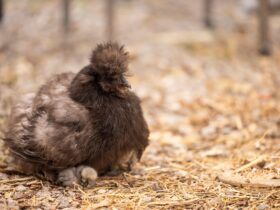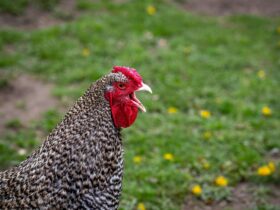“연체동물”은 영어로 ”Mollusk”로 번역됩니다. 이는 연체동물문에 속하는 동물들로, 대부분은 부드러운 몸체와 외부 또는 내부에 껍데기를 가지고 있습니다.
”연체동물”을 표현하는 방법
- Mollusk (연체동물)
- Cephalopod (두족류)
- Bivalve (이매패류)
1. Mollusk
“Mollusk”는 연체동물의 일반적인 용어로, 다양한 종류가 포함됩니다.
- “Mollusks are found in a variety of habitats, both in water and on land.” (연체동물은 물과 육상의 다양한 서식지에서 발견된다.)
- “Some common examples of mollusks include snails, clams, and octopuses.” (연체동물의 일반적인 예로는 달팽이, 조개, 문어 등이 있다.)
2. Cephalopod
“Cephalopod”는 두족류에 해당하는 연체동물을 지칭합니다.
- “Cephalopods, such as squids and octopuses, are known for their intelligence and unique behaviors.” (두족류인 오징어와 문어는 지능과 독특한 행동으로 유명하다.)
- “Many cephalopods can change color and texture for camouflage.” (많은 두족류는 위장하기 위해 색상과 질감을 변화시킬 수 있다.)
3. Bivalve
“Bivalve”는 두 개의 껍데기를 가진 연체동물군을 의미합니다.
- “Bivalves, such as clams and oysters, are often harvested for food.” (이매패류인 조개와 굴은 식량으로 자주 수확된다.)
- “Bivalves play an important role in aquatic ecosystems by filtering water.” (이매패류는 물을 걸러내어 수생 생태계에서 중요한 역할을 한다.)
“연체동물”은 영어로 ”Mollusk,” “Cephalopod,” 또는 ”Bivalve”로 표현되며, 다양한 생태계에서 중요한 역할을 하는 동물군입니다.













Leave a Reply